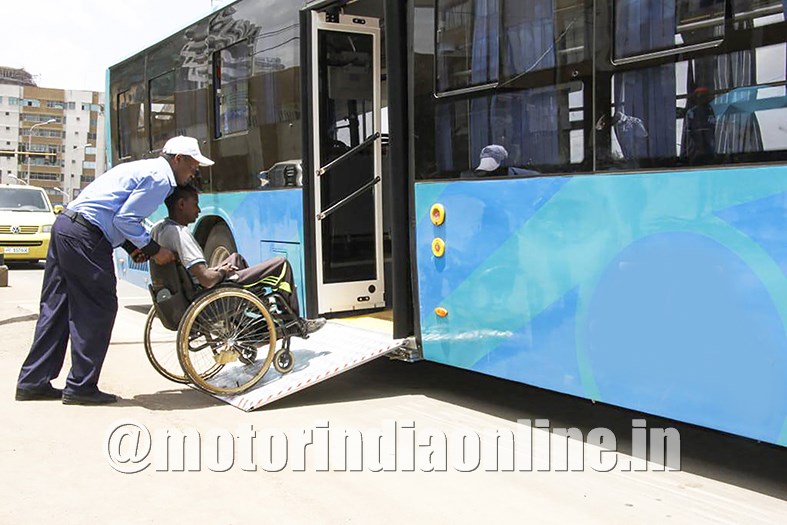There is a definite case for free or discounted public transport for women, differently abled and other disadvantaged sections of our society.
Back in my economics classes, one basic concept that has always fascinated me is the ‘Opportunity Cost’. This is how I understand the concept – that the cost of doing something is the cost of not doing something else. Last month, the Aam Aadmi Party Government of NCT of Delhi announced a gender-based public transport fare subsidy programme, by which women in the city may soon get to use city buses and Delhi Metro for free. Practically every time a public transportation fare discount policy is mooted, critics emerge from nowhere to argue how better it would be if the subsidised money is spent on improving roads or public transport systems.
First of all, if we intend to encourage public transportation in cities to fight traffic congestion and pollution, they ought to ‘public’ in the real sense. In other words, we must recognise the right and social need of citizens to use public transport as fundamental and inalienable. This means all means of public transportation have to be truly inclusive, and any economic or social barriers that prevent people from accessing them have to be rightly addressed. Several findings time and again suggest that there exist social and gender-based inequalities in travel choices and access to public transportation in India.
Thus, fare discounts are a common means to make public transportation more inclusive. It may even need to be free for the most-disadvantaged. This isn’t something of a third-world or a communist manifesto, but even developed European nations like Estonia, Luxembourg and France have announced comparable plans to discount fares, and they are quite successful in achieving the objective. Any supply-side investments or subsidy schemes by governments to help the disadvantaged travel are certainly justifiable.
Moving on to the next question, are women disadvantaged in accessing public transportation? Definitely yes. In fact, women in India are at a relative disadvantage in accessing anything that is ‘public’, may it be roads, parks, government offices, or city buses. There exists a great deal of social stigma attached to women taking up buses or share-rides in the last mile, while the question of their personal safety is also dragged into the discussion, which further prevents them from accessing public mobility. Thus, by making buses and metro travel free, we can bring more women to reclaim public spaces, a step towards economic and social empowerment. Consequently, those spaces will become safer for them.
Further, our public spaces seldom provide barrier-free access for the differently abled, including our buses and bus stops. Last year, the Delhi High Court barred the local government from procuring standard-floor buses that are not friendly to differently abled, while maintaining the matter as an infringement of their basic rights to access public transport. Thus, they are doubly-disadvantaged, not just out of social stigma but also because of the very design of public transportation. The domestic bus industry must address this fundamental flaw by making innovative designs of low-floor or low-entry chassis, retractable wheelchair ramps, and any other means to make them accessible to differently abled.
On the whole, it’s a sad reality that a huge chunk of our women and differently abled folks are missing the buses – the most affordable and common means of public mobility in India. It is also important to identify other socially-disadvantaged categories of people in city or region-specific contexts to address their barriers to public transportation. Not just for Delhi, it’s time for all public transport corporations to devise context-specific fare subsidy programmes to make them truly inclusive. This is perhaps a crude lesson about opportunity cost, I would say!
I’d love to know what you think, email your views to dhiyanesh@motorindiaonline.in
